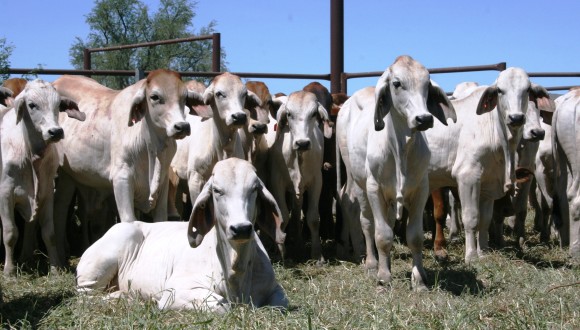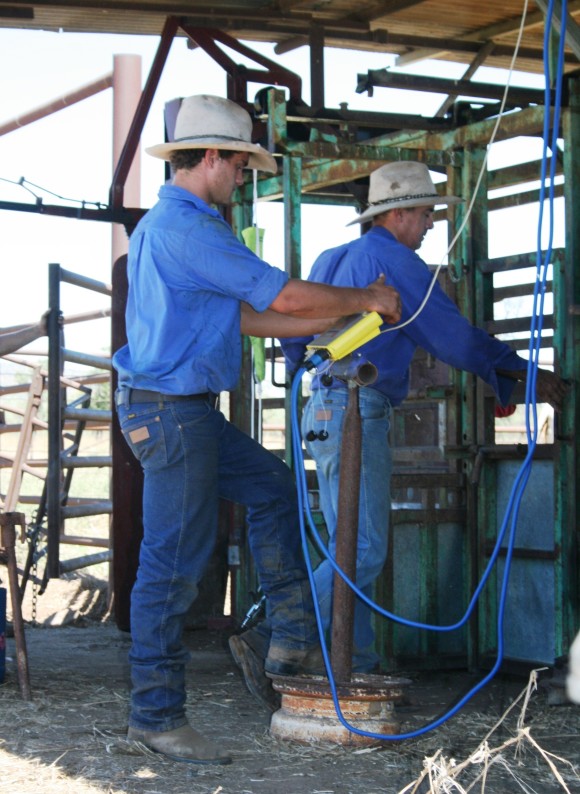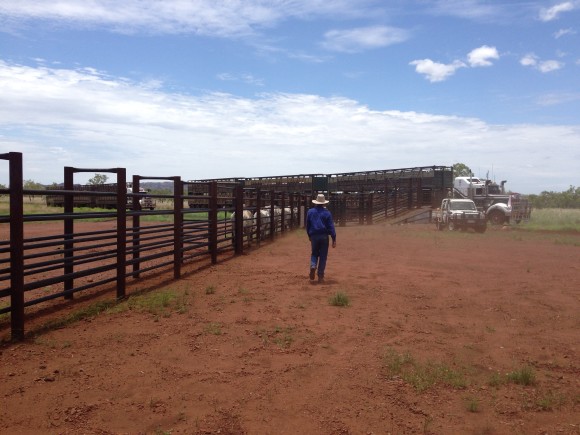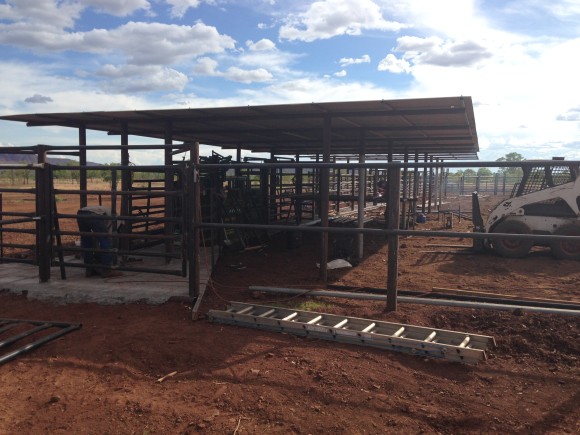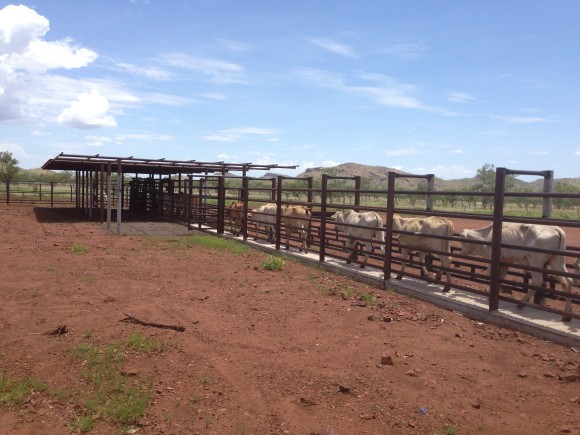Tri-Nation yards – Early season sales: exporting cattle during the wet season
Host: Carlton Hill Station
Written by Stuart McKechnie – Manager, Carlton Hills Station.
Carlton Hill Station encompasses three separate pastoral leases; Carlton Hill, Ivanhoe, and Spirit Hill. Managed as one large property, 475,745 hectares in total, located in the East Kimberley region of WA bordering the NT. With a 900mm average annual rainfall, Carlton Hill can comfortably support 50,000 head including 20,000 Brahman breeders and growing 15,000 – 20,000 steers and heifers a year in readiness for shipping, via Wyndham, to Asia and the Middle East.
Carlton Hill’s close proximity to Wyndham export port reduces trucking time for live export and costs. Even though we’re close and the bitumen isn’t too far away, like everyone else during the wet season (up north we have a wet and a dry season) we’re unable to access cattle for export until the wet season ends – anywhere from three to four and sometimes up to five months between shipments!
So the dilemma and opportunity was, accessing our cattle for export early in the season during the wet, between storms for the premium market when our consumers’ demands are high, the price is higher, and our competitors can’t!
In March 2013, I looked at developing a section of Ivanhoe Station which had not been used for quite a long time. The proposed new paddocks extended from the edge of Kununurra, west along the Victoria highway to the Great Northern Highway heading to Halls Creek. Now, where to put the yards . . . there was a quarry in the middle of the area which wouldn’t get muddy if it rained and was right next to the bitumen highway enabling us to truck cattle directly to Wyndham for export to South East Asia. Tick tick!
After doing lots of figures for the accountants, planning, mapping, and consulting, the development stage was kicked into gear. Bulldozers were organised, fencing materials ordered, lengthy chats with WA Main roads to apply for funding to assist with the costs of fencing off the Victoria HWY. Driving the proposed fencing area’s plotting GPS waypoints which were uploaded into the bulldozer drivers GPS so that the clearing was correct and straight. We had two bulldozer companies clearing due to the sheer scale of the contract.
Once the dozers had cleared the fenceline we had three fencing contractors fencing in three different areas, with approximately three kilometres a day being fenced. From clearing to completion of the fencing into three main paddocks Springbok, Wallabies, and British Lions paddocks, took approximately four months. Once we had the fences up, we mustered paddocks to stock the new development. The weight criteria for cattle going into the Tri-Nation paddocks was 240kg, the steers and heifers needed to be heavy enough to go on a boat after the following wet; 320-350kg.
We now needed a yard to process the cattle in, we had a yard builder travel over from the Northern Territory. The yard design is based on a bugle style yard, it is being built in two stages; stage one was the race and draft yards completed at the end of 2013. Stage two is the full completion including a dip and is planned for completion by the middle of this year.
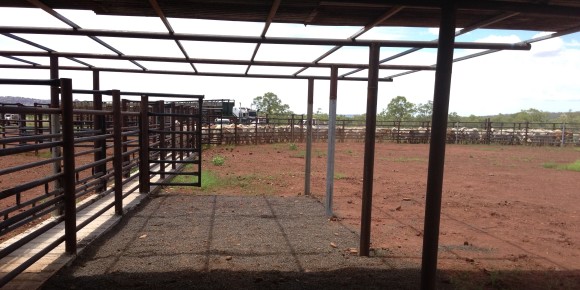 First use Tri-nations – Success!!
First use Tri-nations – Success!!
Early March this year during the height of the wetseason we trucked and exported 2300 head to Indonesia via Wyndham port, obtaining the premium price for our cattle! With the completion of the yards and dipping facilities we’ll be able to truck cattle direct to the ship, saving time and costs. There is also the additional possibly of hiring the yards at a cost/head rate to other Kimberley pastoral owners and shipping companies.
Cheers Squirrel

